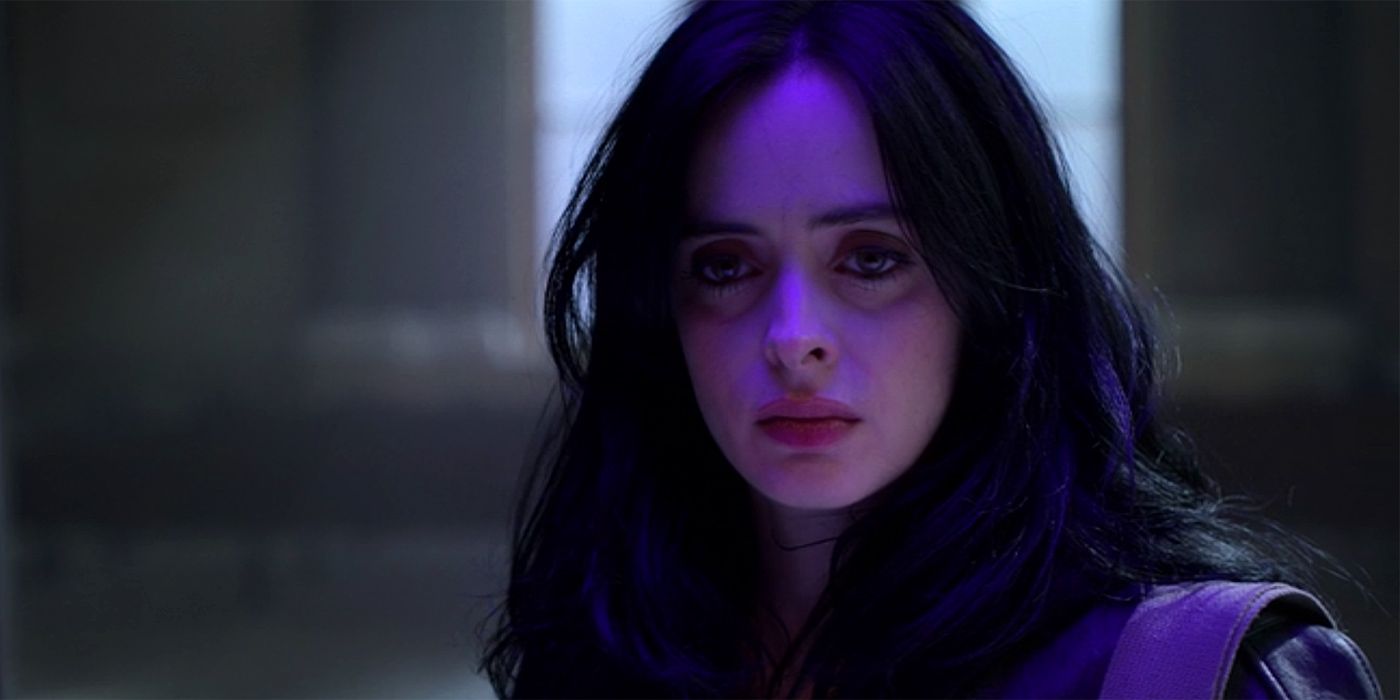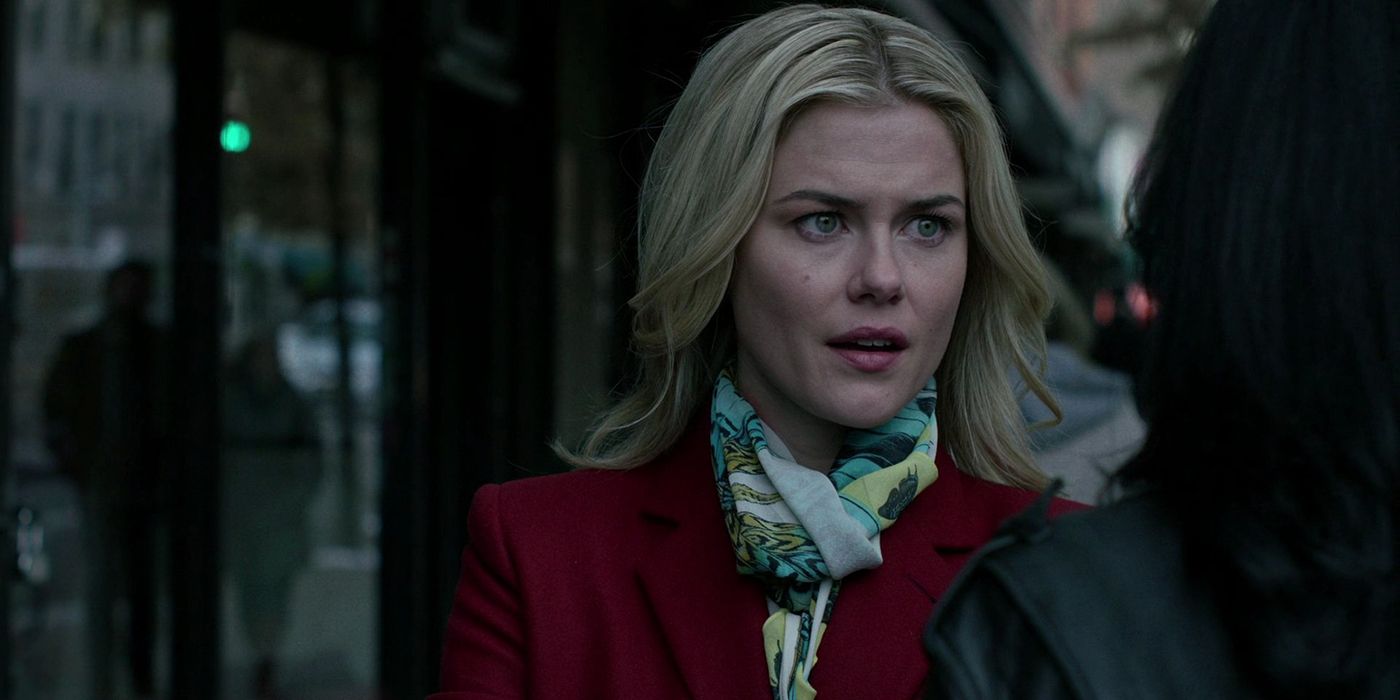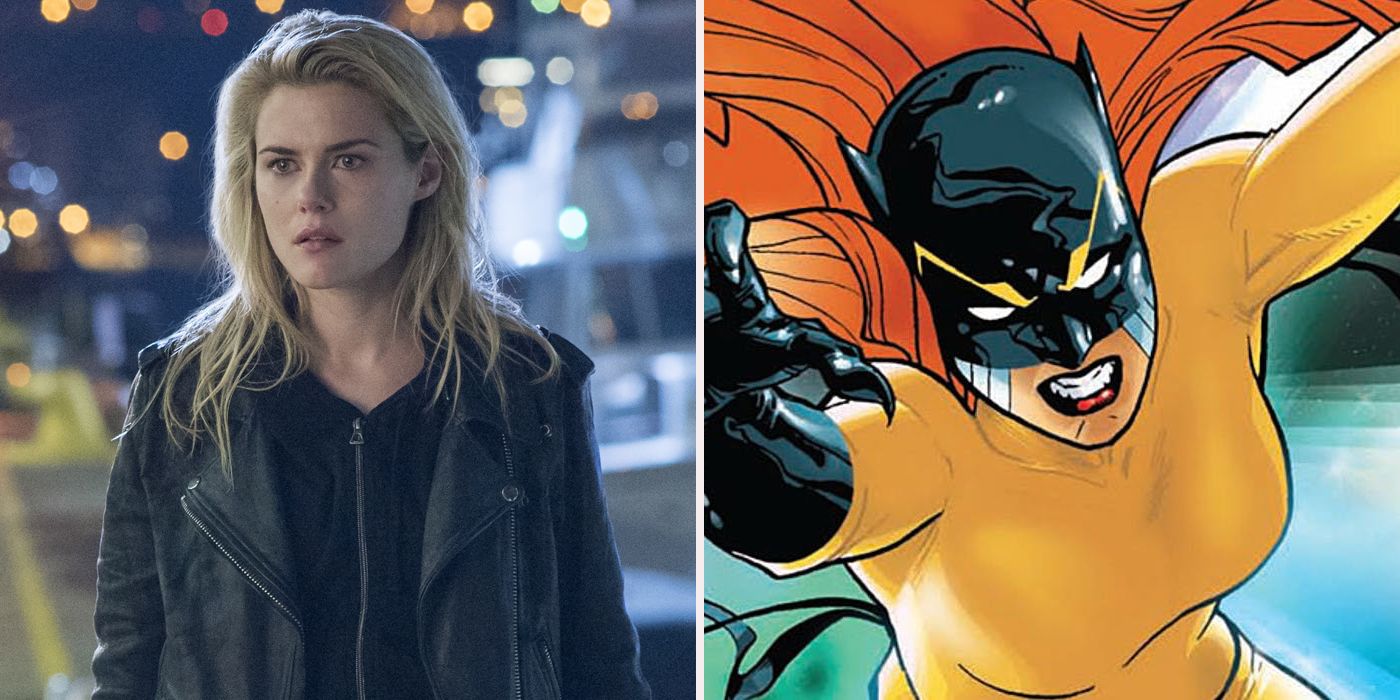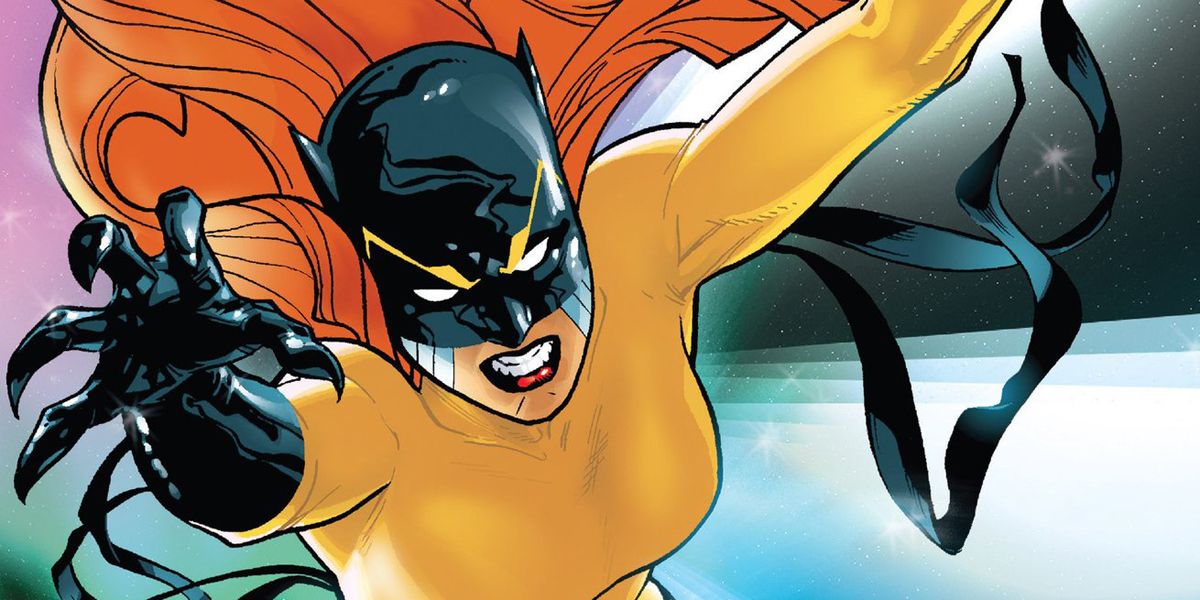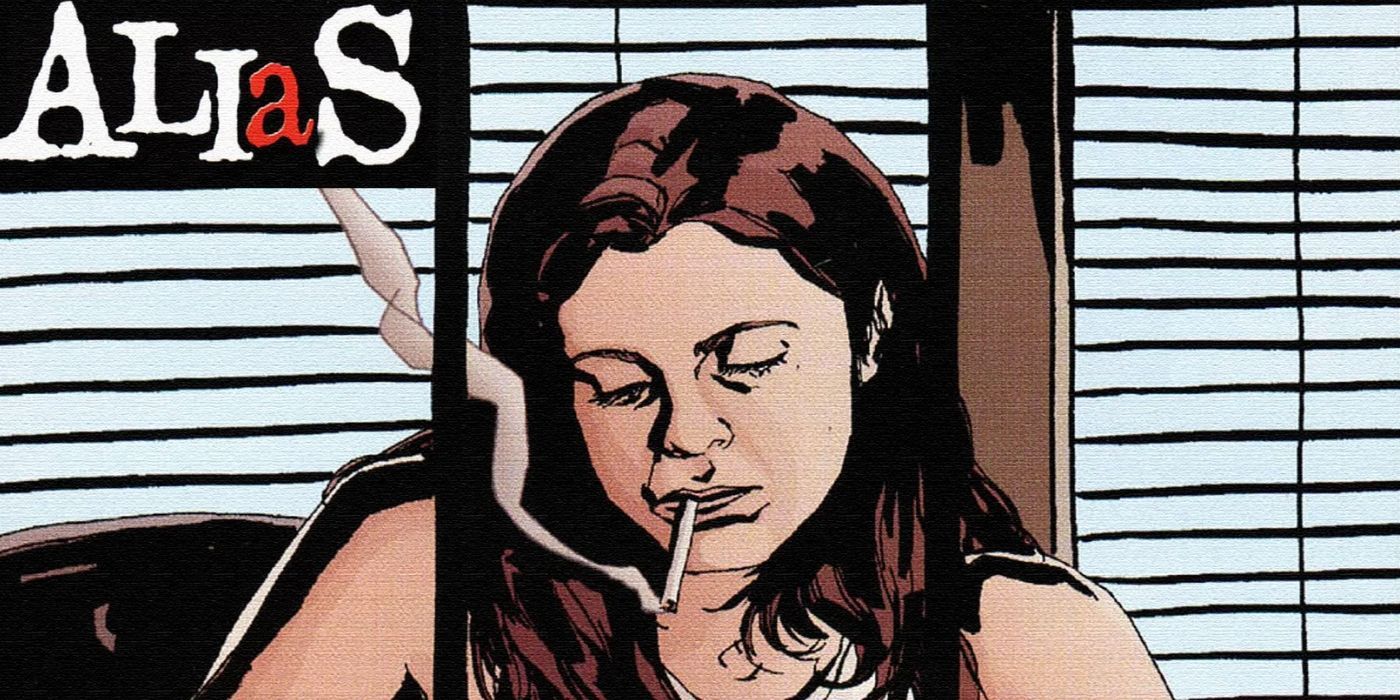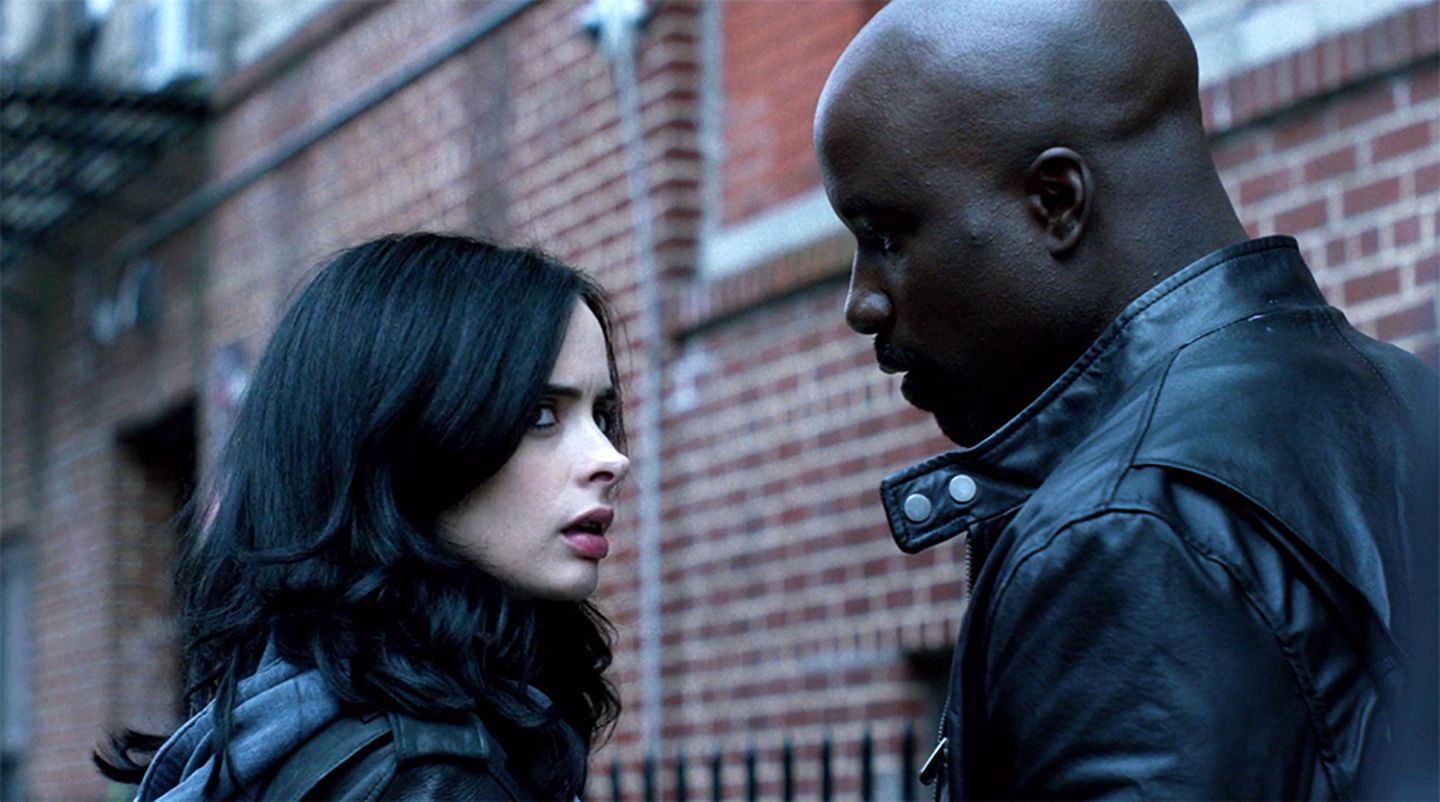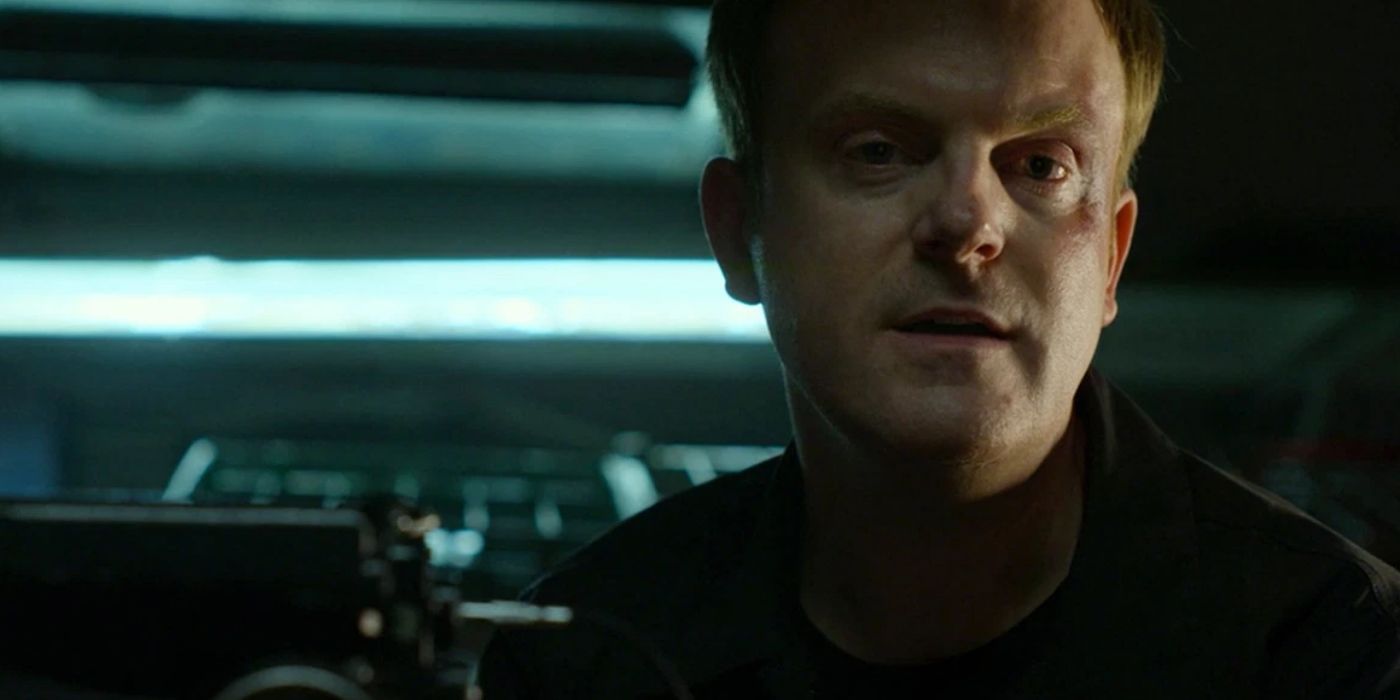All of the Marvel adaptations have one thing in common: they pick and choose elements from the comics, while also creating their own canon as they go. That holds true for Jessica Jones as well. While our heroine is more or less exactly what we’d hope she would be, not all of her plots or supporting characters are what we expected. And that’s not a bad thing.
One of the great things about series like these is their versatility and keeping the fans on our toes. But that all comes at an obvious cost. Here are some of the things that Netflix’s Jessica Jones kept from the comics, and the things they changed.
(Spoilers for Jessica Jones season three)
8 Changed: Hellcat’s Personality
This is probably the most notable change out of all of season three. Trish Walker isn’t behaving like the Hellcat so many of us know from the comics. That isn’t automatically a bad thing – unless you’re a fan of her character, because odds are you’re not going to love what they did here.
In the comics, Hellcat is bright and bubbly, and she certainly knows right from wrong. She’s up for helping out anyone that needs it and isn’t willing to overlook the small guys. That’s what makes her so wonderful.
This Trish, however, is violent and angry. She’s become as addicted to violence as she had once been to drugs. It isn’t a healthy lifestyle. Not for her, or any of her targets. She takes almost no time to make decisions that could change (or end) a person’s life.
7 Unchanged: Hellcat’s Physical Abilities (Mostly)
While the personality behind Hellcat has changed, her abilities have more or less stayed the same as they were from the comics. The more physical abilities that Trish has seem to have stayed the same. She’s strong, but not inhumanly so. She’s talented, agile, fast, and knows how to use the area to her advantage.
And let’s not forget those claws! Her claws may look cute and tiny, but they’re anything but. And they’re obviously one of the reasons for her name (or vice versa, depending on how you want to look at it).
Another ability that stayed the same; Hellcat’s ability to see in the dark. This is one of those abilities that seems so simple but is actually extremely useful. And the series did a great job showing us why.
6 Changed: Hellcat’s Secondary Abilities
Okay, so Hellcat was actually changed quite a lot, when you stop and think about it. A lot of her abilities were left out, but we can understand why there wasn’t enough time to delve into them. Especially considering that many of the abilities left out come from a special suit that she managed to get her hands on.
In the comics, Hellcat had some psionic abilities, believe it or not. These all came from her suit and the tech inside it, but that’s hardly the point. She was also able to summon her suit at will – meaning no awkward changes into superhero garb.
And finally, Hellcat has a mild resistance to magic. It isn’t much, but in a life or death situation, it could (and has) make all the difference. Granted, she gained the resistance thanks to a plot on her past, on that hadn’t had time to occur in the Netflix series.
5 Changed: Erik Gelden
Did you know that in the comics, Erik Gelden is actually an antagonist? He goes by the name Mind-Wave. In the comics, Mind-Wave was a lower ranking villain, sticking mostly to robbing banks and that sort of thing. He did run with a group though, and that may have brought more attention onto himself.
Mind-Wave, understandably, had mental powers. These may or may not have been given to him through his helmet (he makes this claim). So his powers don’t work like the Erik we know from the Netflix series. Nor does he behave in the same way.
4 Unchanged: Jessica’s Constant Struggle to Blend Her Job And Her Powers
Jessica Jones has always seemed to struggle a little bit with her powers. Not that she has any trouble using them. More like a struggle to find the right path for herself. In the comics, this was expressed through her time as Jewel, her resistance to joining the Avengers, and other examples like that. In the TV series, Jessica resists Trish’s pushing to become a hero, with Trish overlooking the fact that it might not be what Jess wants or needs.
Jess’ path has always seemed more stable in Alias Investigations. She can use her more mundane (read: awesome PI skills) to help people, while also getting a chance here and there to use her superpowers as well.
3 Changed: Alias Investigations
In the comics, Jess really doesn’t have all of these extra people milling around, helping her with Alias Investigations. Sure, she’ll call in a lawyer as needed (she’s really good and brushing up against the law), but usually, that turns out differently.
Though admittedly there have been times where she had people on board. Trish is a good example. Well, maybe not the TV series Trish. We mean the comic version of this character. She helped out with Alias, for a bit. But Malcolm? He was never a part of Jess’ business, and with good reasons. Because, well…he was sort of developed out of several background characters from the comics. So he never really had a place at Alias. Or really, a permanent place in the series at all.
2 Unchanged: The Appearance of Other Heroes In Everyday Life
If you’re paying attention, you’ll spot dozens of hero cameos and references during the Jessica Jones series. And that is just so typical for the comics as well. Sometimes we’ll have a character cross over into her series (Luke Cage, Scott Lang, Carol Danvers), and sometimes you’ll just catch a name or an event.
That happens in both versions of Jessica Jones; the comics and the Netflix series. There may be more cameos in the comics, but that’s just because they don’t have to fight for rights/actors like they do with MCU. Granted, we wouldn’t have complained had they given us more cameos in the Netflix series. Or more appearances from characters like Luke Cage.
1 Changed: Foolkiller
Gregory Salinger, aka the Foolkiller, had some changes made to his character between the comics and the Netflix series. For one thing, he’s the second antagonist to pick up that mantle in the comics. All of the characters that picked up this mantle were brutal and more than happy when it came to killing people. And as the name implies, they all enjoyed killing ‘fools.’
Salinger’s Foolkiller had a specific target he preferred. Like the others, he targeted fools, however, his definition was different from the others. For him, a fool was somebody who lacked ‘poetry in their souls' (see Spider-Man 225)
That doesn’t exactly sound like the Salinger we saw on screen, does it? That Salinger seemed to make it his goal to target a specific type of people (as a serial killer, this makes sense). However, he also seemed content to begin targeting superheroes along the way.

